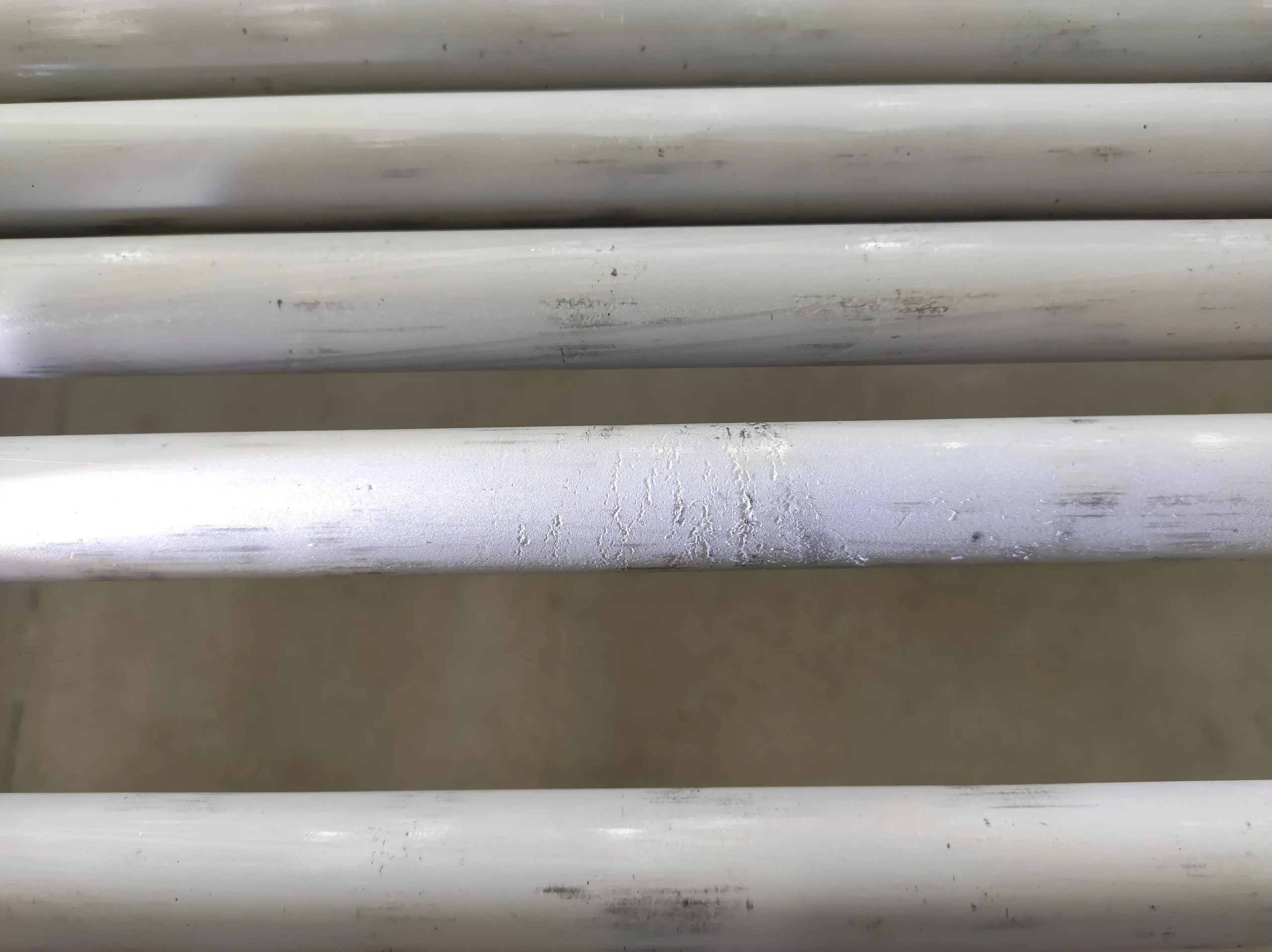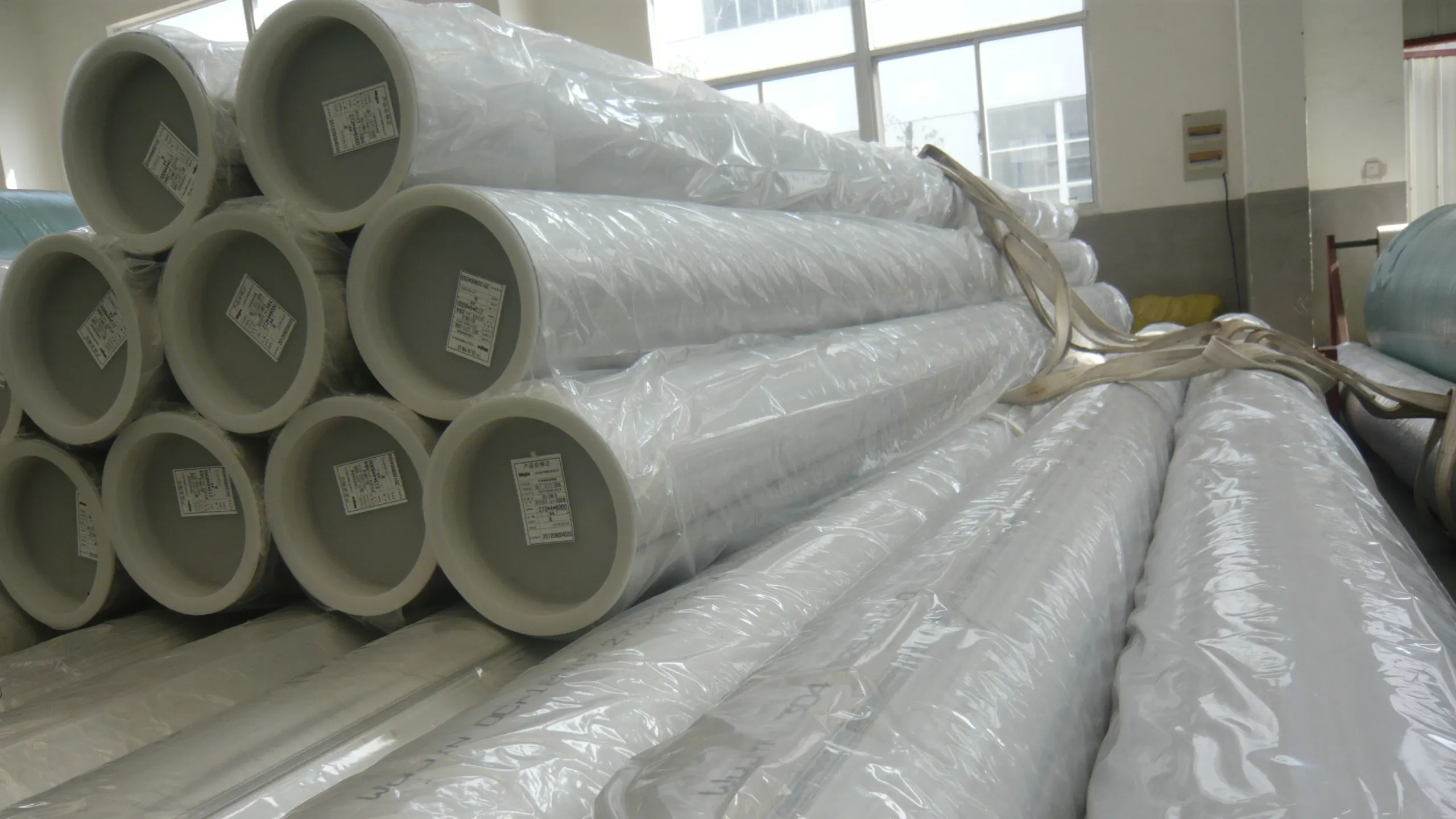Environnements corrosifs pour la tuyauterie constituent une menace constante. Elle peut, par exemple, réduire les performances des matériaux ou entraîner des fuites et des défaillances. Il est essentiel de comprendre les environnements corrosifs pour s'assurer que l'on sait comment garder son tuyauterie en acier inoxydable et raccords durable.
Qu'est-ce qu'un environnement corrosif pour les tuyauteries ? Des menaces constantes !
L'environnement corrosif des pipelines décrit une variété de conditions qui peuvent conduire à dégradation des matériaux. La corrosion est un processus naturel qui transforme les métaux en formes plus stables. Des environnements différents affectent les métaux différemment. Il est essentiel de comprendre le milieu corrosif spécifique, ce qui permet de sélectionner les bons tuyaux et raccords en acier inoxydable.
Principaux environnements corrosifs pour la tuyauterie
Un pH faible accélère la corrosion et les acides attaquent les matériaux passifs. revêtements de protection. 316 et les qualités supérieures d'acier inoxydable résistent à une large gamme d'acides. Les acides concentrés présentent un risque plus important.
Les chlorures peuvent provoquer une corrosion localisée dans les cas suivants piqûre et crevasse La corrosion sous contrainte est également une menace. La corrosion fissurante sous contrainte constitue également une menace. Cela est particulièrement vrai dans les secteurs de la marine, de la chimie et de certains processus industriels où la teneur en chlorure est élevée.
Les températures élevées accélèrent la vitesse de la corrosion. Les températures élevées sensibilisent également l'acier inoxydable, ce qui peut entraîner corrosion intergranulaire. C'est pourquoi les aciers inoxydables résistants à la chaleur sont préférés dans la mesure du possible.
Ces environnements contiennent des niveaux élevés d'oxygène, qui peuvent former une couche d'oxyde protectrice sur l'acier inoxydable. Cependant, certains acides oxydants sont très corrosifs. Il est donc essentiel de sélectionner soigneusement les matériaux.
Ces environnements manquent d'oxygène. Ils peuvent décaper la couche passive de l'acier inoxydable et rendre le métal cassant. Des alliages spécifiques sont nécessaires pour les environnements fortement réducteurs.
Agents corrosifs et leurs effets
| Agent corrosif | Exemples typiques | Impact sur les tuyaux et raccords en acier inoxydable |
|---|---|---|
| Chlorures | Eau de mer, saumures, solutions salines | Piqûres, Crevasse, SCC |
| Acide sulfurique | Procédés industriels, batteries | Corrosion générale, intergranulaire |
| Acide chlorhydrique | Nettoyage chimique, décapage | Corrosion générale très agressive |
| Températures élevées | Gaz chauds, vapeur, fluides chauds | Oxydation, Sensibilisation (CIG), le fluage |
| Oxygène | Eau aérée, exposition à l'air | Piqûres (si localisées), oxydation |
| Sulfures | Gaz H2S, pétrole brut acide | Sulfuration, fissuration sous contrainte |
Ce que nous faisons
Grades d'acier inoxydable pour environnements corrosifs
| Qualité de l'acier inoxydable | Caractéristiques principales | Adapté aux environnements corrosifs ? |
|---|---|---|
| 304/304L | Usage général, bonne soudure | Environnements doux, nombreux acides oxydants |
| 316/316L | Molybdène ajout, amélioration de la soudure | Chlorures, acide sulfurique (certains), marin |
| 316Ti | Stabilisé au titane 316 | Soudures à haute température, meilleure résistance à l'IGC |
| Duplex (par exemple, 2205) | Haute résistance, résistance aux piqûres | Chlorures, gaz acides, pression plus élevée |
| Super Duplex (par exemple, 2507) | Cr/Mo/N plus élevé, excellent PR | Chlorures sévères, acides agressifs, offshore |
| Alliage 20 | Haute Ni/Cr/Mo/Cu | Acide sulfurique, acides mixtes, résistance aux CSC |
| Hastelloy C22/C276 | Superalliages Ni-Cr-Mo | Acides extrêmes, oxydants/réducteurs mixtes, Cl2 humide |
| Titane | Excellente corrosion, légèreté | Eau de mer, chlorures forts, acide nitrique |
Atténuer la corrosion dans les systèmes de tuyauterie
- Conception correcte : Éviter les interstices et les taches d'eau et assurer un bon drainage peut réduire la corrosion localisée.
- Finition de la surface: Les surfaces polies lisses sont plus résistantes à la corrosion et plus faciles à nettoyer. Ceci est essentiel pour les applications hygiéniques.
- Traitement post-soudure: Nettoyer correctement les soudures. La passivation permet de restaurer la couche protectrice, ce qui peut empêcher corrosion post-soudure.
- Revêtements protecteurs: Appliquer des revêtements spécialisés. Ces revêtements ajoutent une barrière supplémentaire pour réduire les risques d'attaque chimique.
- Protection cathodique : Utilisation d'un courant électrique. Cela protège le métal de la corrosion. Fréquente dans les canalisations enterrées.
- Inspections régulières : Mettez en œuvre un programme d'inspection solide pour détecter la corrosion à un stade précoce. Cela permet d'éviter des défaillances coûteuses.
Vous voudrez peut-être aussi lire :
Impact of Internal Pipe Corrosion
Nous contacter
- RM901 No.22 Tangjiaqiao Road Wenzhou Chine
- +86 577 8551 1171
- [email protected]
- https://www.kaysuns.com/



